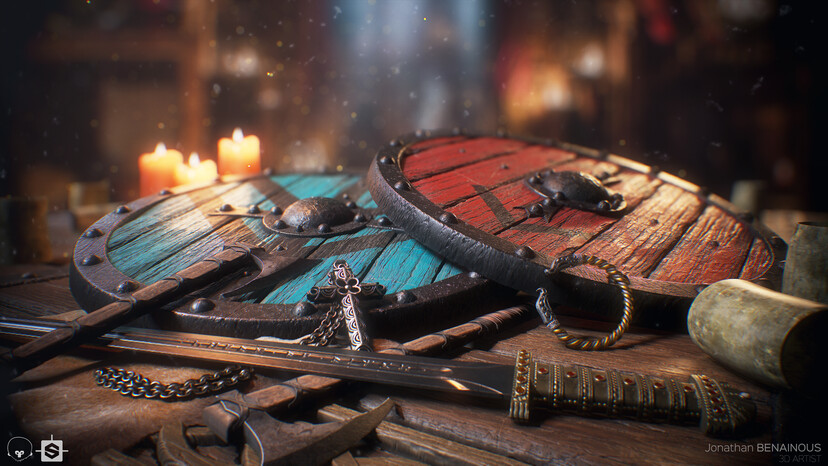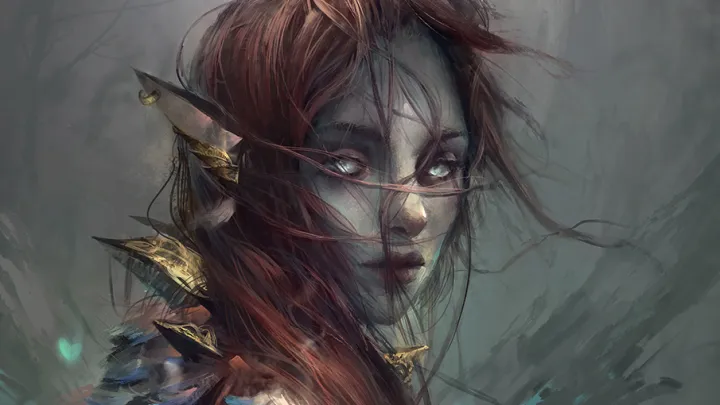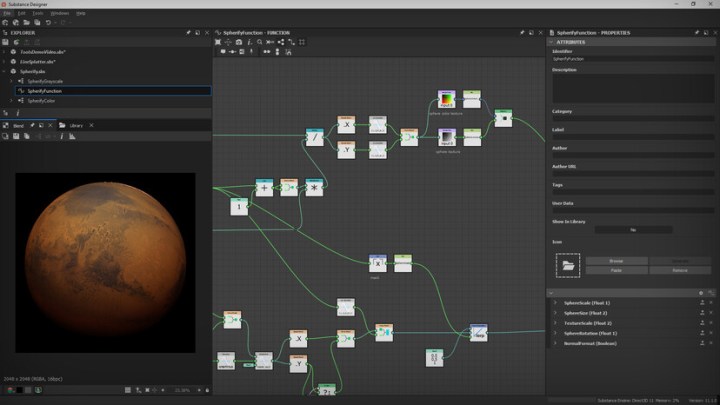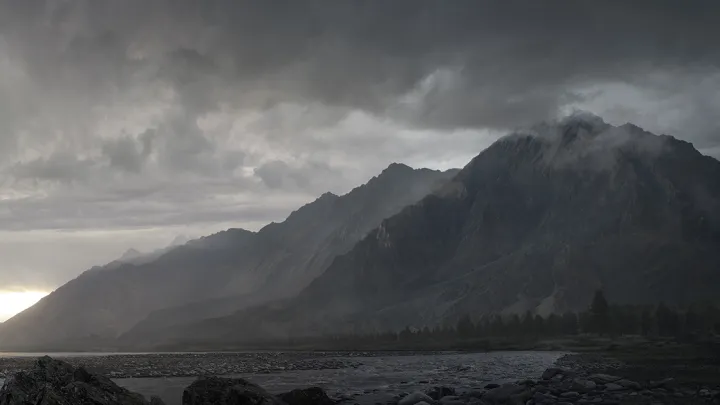Creating a Viking Scene with Jonathan Benainous
Throughout his three-part “Creating a Viking Scene” series on ArtStation Learning, Jonathan Benainous demonstrates intermediate and advanced techniques for material creation with Substance Designer. By the end of the series, viewers will be able to achieve a high-quality scene using only displacement and real-time rendering with Marmoset Toolbag.
For this interview we caught up with Jonathan to learn more about the story behind his series. Find out how tuning in to his interests helped Jonathan grow the series’ Vikings-inspired scene. Plus, read about Jonathan’s advice on growing as an artist!
 Jonathan Benainous began his career in the video game industry about 15 years ago. He has worked for many companies around the world and has contributed to major AAA games such as Heavy Rain, Horizon Zero Dawn, Ghost Recon Wildlands, and Assassin’s Creed Odyssey. He spent most of his career as an Environment Artist before becoming more specialized in texturing, and today he is an Environment Texture Artist at Naughty Dog.
Jonathan Benainous began his career in the video game industry about 15 years ago. He has worked for many companies around the world and has contributed to major AAA games such as Heavy Rain, Horizon Zero Dawn, Ghost Recon Wildlands, and Assassin’s Creed Odyssey. He spent most of his career as an Environment Artist before becoming more specialized in texturing, and today he is an Environment Texture Artist at Naughty Dog.
Behind the series:
For my series, I’ve used my experience gathered over the years.
I’ve had the opportunity to write quite a few articles, breakdowns, and tutorials, namely for 3D Artist Magazine, 80 Lvl, and Substance Academy. This was originally to share my knowledge and help the community out, but I found it increasingly useful for me to do these walkthroughs. Since I had to go through the entire process of creation, it was a good way for me to see my mistakes and find ways to improve.
I’ve also had the chance to give multiple talks, at GDC in 2019, and for New3dge School. These talks are an extension of creating tutorials; you’re still sharing your knowledge, but it’s more like teaching or giving a masterclass. Because it is live, you have real interaction with the audience. It’s an entirely different feeling but it’s pretty cool to do!
My series of three video tutorials for ArtStation Learning covers a mixture of intermediate and advanced tips and tricks for Substance Designer, as well as some environment art with the full creation of a real-time scene using Marmoset Toolbag.
Most memorable learning experience?
It’s hard to only find one, but I would say overall just the accumulation of my years in the industry has made me the artist that I am today. Very early on in my career, I felt that it was extremely important to stay up to date and keep working on my skills even outside my daily job to level up.
I also had the amazing chance to work with extremely talented artists from my beginnings at Quantic Dream—and then at Guerrilla Games, Ubisoft, WB Games, and today, at Naughty Dog. These collaborations played a fundamental part in my evolution as they helped me to grow and develop a keen eye for detail. Working with such amazing artists makes you want to stay on your game and give your best.
What inspired the unique 3D Viking scene featured in your series?
This scene is the perfect example of the personal studies that I’m doing in my free time to explore, learn, and practice Substance Designer without having any constraint of deadlines.
I always find inspiration by looking around me in the streets, traveling, and watching movies or series. This idea for my scene came while watching the TV show Vikings. I wanted to capture the mood, the colors, and the atmosphere present in the series. I loved that each iconic character had an item that they carried with them all the time. Ragnar has his axe, Bjorn his shield, Athelstan his cross, Rollo his arm ring, and Lagertha also has her very specific shield with blue and black stripes.
One of the main items is the Sword of Kings. Since every character in the series is going to be king at some point, that was one of the main assets that I wanted to recreate, as it connects to every character in the storyline.
What do you enjoy most about working as an environment texture artist?
I personally love seeing a grey placeholder block turn into a real environment. We can do this by mixing up materials together using height information and creating variations with vertex alpha/colors, or by using a combination of blends, mesh decals, and trim textures to achieve an intricate environment. It’s pretty cool to be able to add all the kinds of tiny details that I see when I walk around in the streets…breaking the repetition in a roughness map by adding scratches and imperfections; adding small pebbles and subtle dirt layers to make the materials appealing from every distance. Having that extra layer of realism really makes the difference and brings life to the game you’re working on.
Being an environment texture artist isn’t just about focusing on my daily tasks. I also work directly with level artists and modelers to share my knowledge as both a material expert and a former environment artist. I provide feedback, advice, and best practices to get the best results. My target is not only to make good textures but also to make sure that the environment that I’m working on reaches the next level of quality.
1 sentence of advice:
Stay open-minded about your creations and have the ability to constantly self-reassess.
I think that is the basis of a great artist. Challenge yourself and don’t be afraid to step out of your comfort zone. It is something that requires real investment and we’re often scared about not being able to accomplish something before even having tried it.
Push your limits and experience failure. It will make you become stronger technically and mentally. Keep in mind that hard work always pays off. Finally, be patient, meticulous, and stay focused until you reach your goal.
Visit Jonathan’s ArtStation portfolio here.
Discover more ArtStation Learning-related articles here.


























